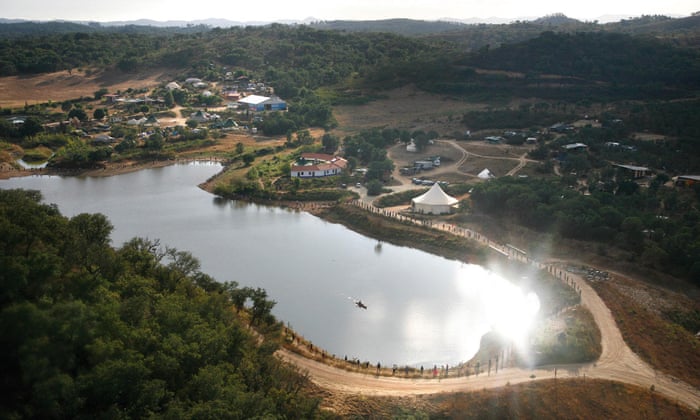Tamera’s ecology experts transformed an area at risk of desertification – and say they can do the same anywhere in the world

The land undulates upwards into gentle hills, cradling nooks of fertile terraces growing sweetcorn, sunflowers and tomatoes, before rolling down into tranquil lakes. It looks like a natural Edenic paradise on earth. But 20 years ago this land was arid and barren, and farming was a struggle.
The land is called Tamera, the name given to these 330 acres in southern Portugal by a community of 30 people who moved here from Germany in 1995. Today, 200 people from all over the world live here. Through simple practices of digging swales (ditches) and creating water retention spaces, Tamera’s ecology experts have transformed an area on the brink of desertification – and say they can do the same anywhere in the world.
The community wanted to be more sustainable and grow more of their own food, rather than importing it, and it was clear that water would be central to being able to live autonomously on the land.
“When I came to Tamera in 2006, trees were dying and wells were drying out,” says Bernd Mueller, director of Tamera’s Global Ecology Institute and one of the engineers behind the transformation.
At that time, in the summer months, Tamera looked like a desert with hardly any vegetation. In the winter months, however, there was heavy rainfall and flooding. Mueller and his co-engineer Thomas Lüdert realised that most of the water was running off the soil and causing damage to infrastructure, rather than soaking into the earth.
Read more here.


















